
How to successfully navigate customer reviews
BY SUSAN DEMATEI
Our last blog post was entitled “The four reasons you should care about online reviews.” As a quick recap, the four reasons were:
- We are at the precipice of a cultural shift from Baby Boomer values (externally showing luxury as validation, including professional and published reviews and scores) to Millennial values (internal and self-validation, including being part of a community that shares your beliefs).
- The internet and modern eCommerce train us to look for the most popular brands and rank the highest among people (we assume) are peers.
- Google evaluates reviews when delivering search engine responses and ranking.
- Your customers care about review sites.
-
- 92% to 97% of customers look for or read a review before doing business with a company.
- 80% of us trust reviews by strangers just as highly as a reference from our friends.
- 72% of us look for only positive reviews, and 86% will not do business with those with negative reviews. (Clutch.co)
For many, this advice proves sound and agree that internet reviews are essential. Maybe you’ve even begun identifying where your target audience congregates and shares thoughts online. But knowing something in principle and achieving that goal are two different things. Your next step is to encourage and collect reviews, which is the topic of this follow-up article.
Asking In Person
The most obvious way to accumulate reviews of your wine and service is to ask a customer when you’re with them at the time of the sale. This is also the most effective way, as the experience is still fresh in the customers’ minds, and you have a captive audience for a couple of minutes. But this is also the most uncomfortable for some. So, before you start squirming in your chair, here are some suggestions for making this awkward interaction more natural.
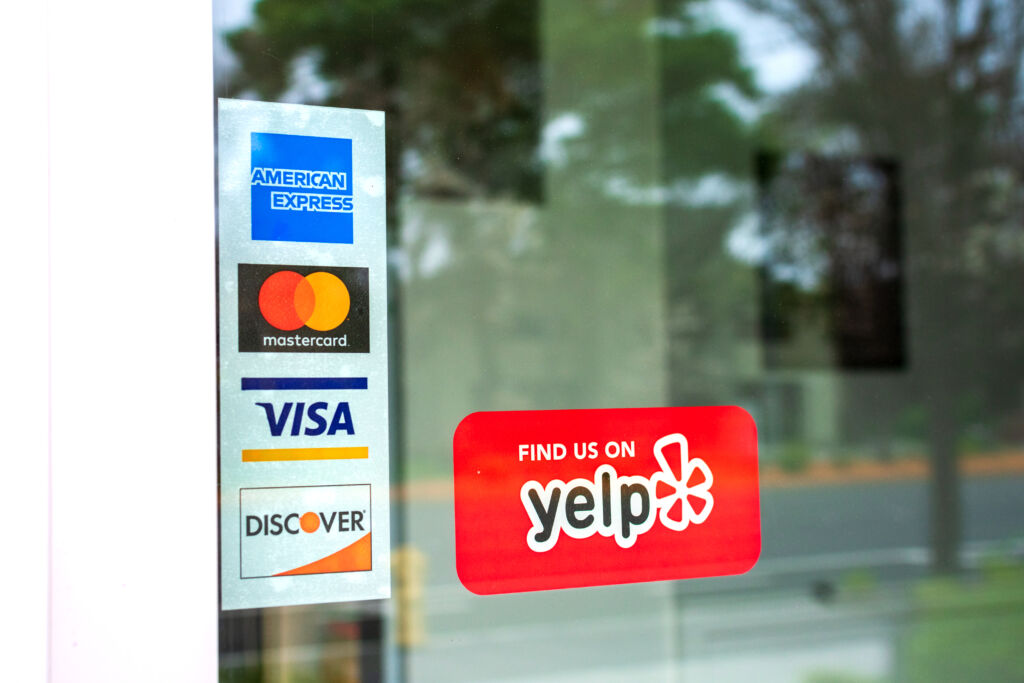
Build It Into The Banter
The most skilled wine educators weave the request naturally into the conversation. The trick is to have several routine lead-in questions where the response will naturally lead to a review suggestion.
For instance:
- “Did you enjoy your visit?”
- “Do you want to take any wines home with you”?
- “When are you guys heading back home from vacation?”
The expected responses will comfortably lead to:
- “Since you enjoyed yourselves, we welcome you to share your feedback so others can enjoy us.”
- “Thank you for the purchase! We’re glad you liked the wine. We’d be excited if you’d share your feelings about it to encourage others to try it.”
- “We love having visitors from out of town. Since you’re heading back tomorrow, please consider leaving notes on your experience, so others find us on their vacations.”
It’s best to have this dialog after the entire experience is done, with the bill and tip paid. You want to clarify that any review is not affecting their service, charges, or product quality. And, when you have this interaction, choose words that don’t seem pushy. “Invite you to leave feedback” sounds better than “Can you give us a review.” Finally, don’t hesitate to say why you want a review. “Hey, thanks a lot, we’re trying to get going again after COVID, and good news travels fast.”
Remember that even if you feel uncomfortable, most of the people you ask will be flattered that you’re asking them for feedback, not annoyed that you’re fishing for compliments.
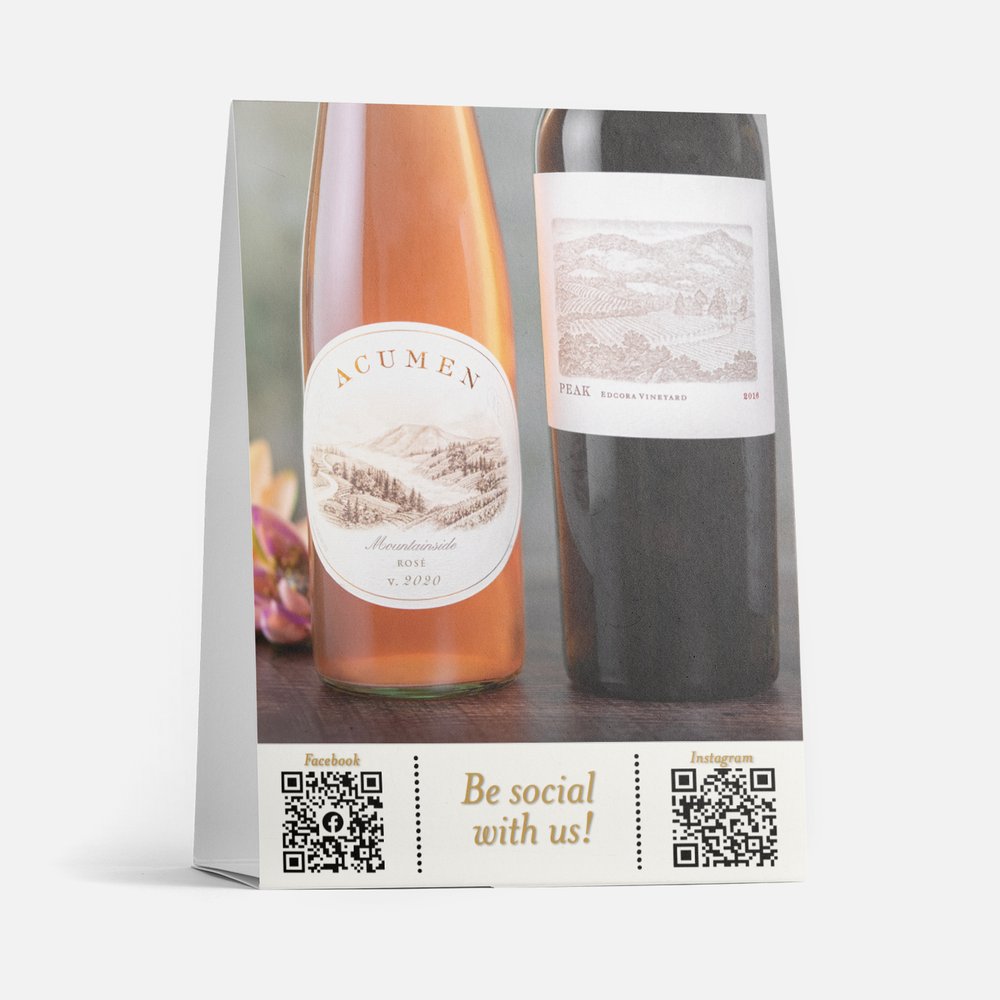
Remove All Obstacles For An Immediate Response
Continuing our roll playing from above, if the customer above says “yes,” you want to be able to actualize that direct call to action. Have the tools ready immediately and seamlessly to review your location right then and there. Luckily, almost all customers walk into our tasting rooms with tiny computers in their pockets, so offering WiFi for their phones is all that is needed. With a QR code on a napkin, coaster, receipt, or table tent, they could be on your profile on Yelp or Google in less than 15 seconds. If you are remote and WiFi is a challenge, see if you can offer an iPad on your network.
Then thank them. The good news is that when asked, research says ¾ of us will leave a review. So, you’ll be surprised at your success.
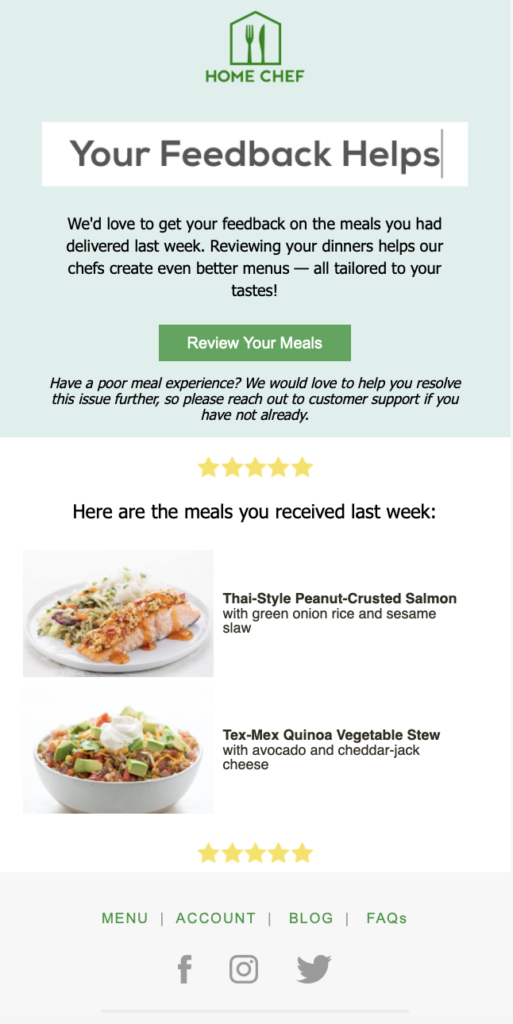
Remote Options
If your natural state is being socially distant, so in-person requests just are not your thing, there are still ways you can request reviews. Online you will find many websites selling window clings or table tents to make the subtle request not-so-subtly. If you want these in your tasting room, get some tear-off pads so that you can provide the information in the bag with their purchase. And don’t forget that when you’re working on your email, phone, and text campaigns, you can also include a request for review. No, you won’t annoy your customers. Asking for feedback is standard practice in many industries.
If you ask for after-the-fact reviews, offer a small token of appreciation, such as a tasting voucher, coupon, or discount. Communicate that you will reward satisfied buyers for the time they invest in providing feedback about their experience.
A word of caution: this is a slippery slope. Ideally, you want to earn reviews without offering rewards. Websites like Yelp filter out reviews provided because of incentives, and Google also uses analytics to monitor review traffic.
Also, educate your employees and team leaders on how to ask for reviews effectively as well as excellent customer experience. Be willing to reward your employees for every posted review that they initiate.
How To Maximize Their Impact
Now that you have these great reviews use them. The objective is 1) to position positive reviews so that your audience learns from satisfied customers and 2) to encourage additional reviews. First, incorporate them into your website’s design. Consider one of the many review widgets or direct feedback options on your website’s home page. Emails, brochures, or newsletters can include individual reviews. On social media, sprinkle them in posts. Please don’t overdo it, and vary the channel and locations as you never know when a satisfied customer’s comment might be why someone else visits or tries your wine.
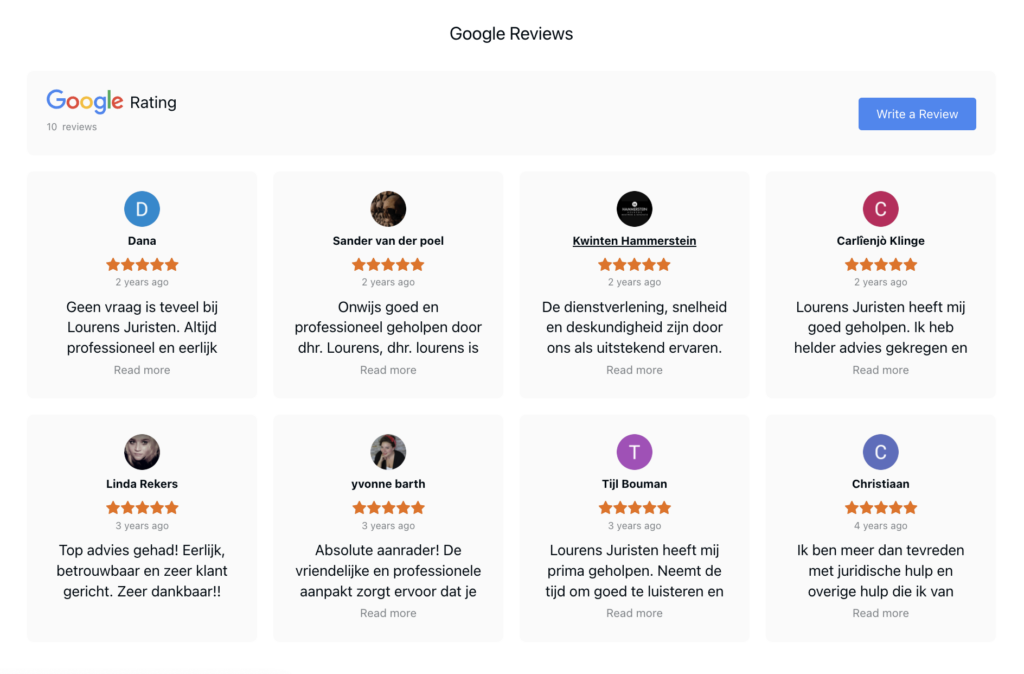
Haters Gonna Hate
So, what about the not-so-great reviews? Finding a negative review about your company, product, or team out there for the world to see can challenge your faith and motivation. You and your team have spent years creating experiences and products to entertain and please customers, so a negative response can feel like a personal attack.
At these times, try and separate your business practicality from the sting to your ego and remember that there are many reasons why you may get a negative review. You will receive bad reviews from customers visiting with unrealistic expectations who either haven’t researched what is possible at your tasting room or have inaccurate information from a 3rd party. They may be ignorant of the legalities around wine service and sales, new to your wine flavor profile, or just having a bad day.
It is crucial to set internal expectations that a certain percentage of bad reviews will just transpire as an expression of the core values of our culture. The US is about freedom, and the internet has empowered everyone to have a voice. Some people just like pointing out other people’s flaws because it makes them feel better. The unfortunate reality of running a business is that you simply can’t please everyone. Some of your customers are just negative people, and there’s not much you can do about that.
The real downside comes with how their negative reviews can harm your business. Only 13% of customers will do business with a company with only 1 or 2 stars, and small businesses with a 1-1.5 rating out of five generate 33% of the revenue than businesses averaging 2+ stars. (Trustpulse)
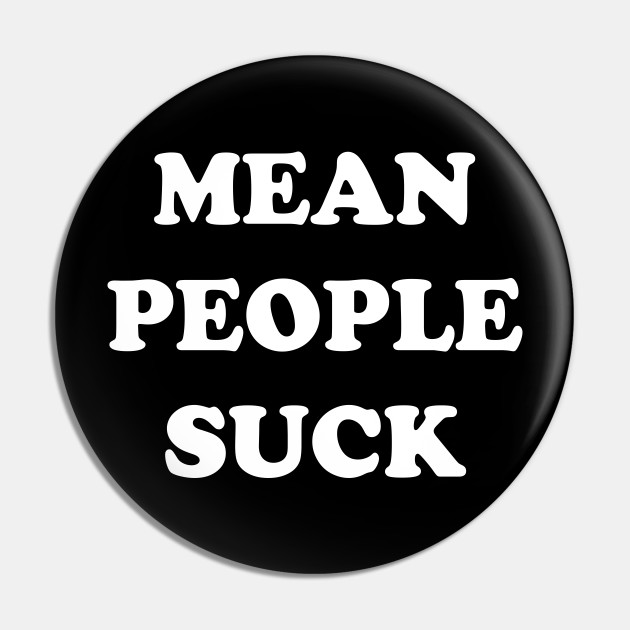
Embrace The Noise
But, in most cases, there is value in listening. We can be so close to our own winery experience that we fail to see or acknowledge areas for improvement. A negative review can be an excellent way to prioritize issues and enhancements that bother your customers and hinder your success when looked at without emotion. Pre-internet companies spent months and thousands of dollars on focus groups to secretly watch customers behind glass, hoping to learn what worked or did not resonate for a target audience. How amazing is it that now we have an immediate and actionable free feedback loop?
Surprisingly, getting negative reviews isn’t always a bad thing. Research tells us that a couple of negative reviews can make a brand seem authentic. Bad reviews give customers a sense of the worst-case scenario, and they want to know what can go wrong to understand how much it will matter to them. The occasional lousy review eliminates any “too good to be true” doubts. When every online review about your brand is a gushingly over-the-top 5-star rating, it can appear fake.
So, when we see the good, we tend to celebrate it by sharing it with our team. Meanwhile, we ignore, forget, or attack poor feedback. Smart companies make the most out of their online reviews by addressing issues with a response to the customer. And consumer expectations are high:
- 53% of customers expect that reviews will be responded to within 1 hour.
- 57% of customers believe brands should respond to reviews on the weekend.
- 63% of customers say that businesses have never responded to their reviews. (Trustpulse)
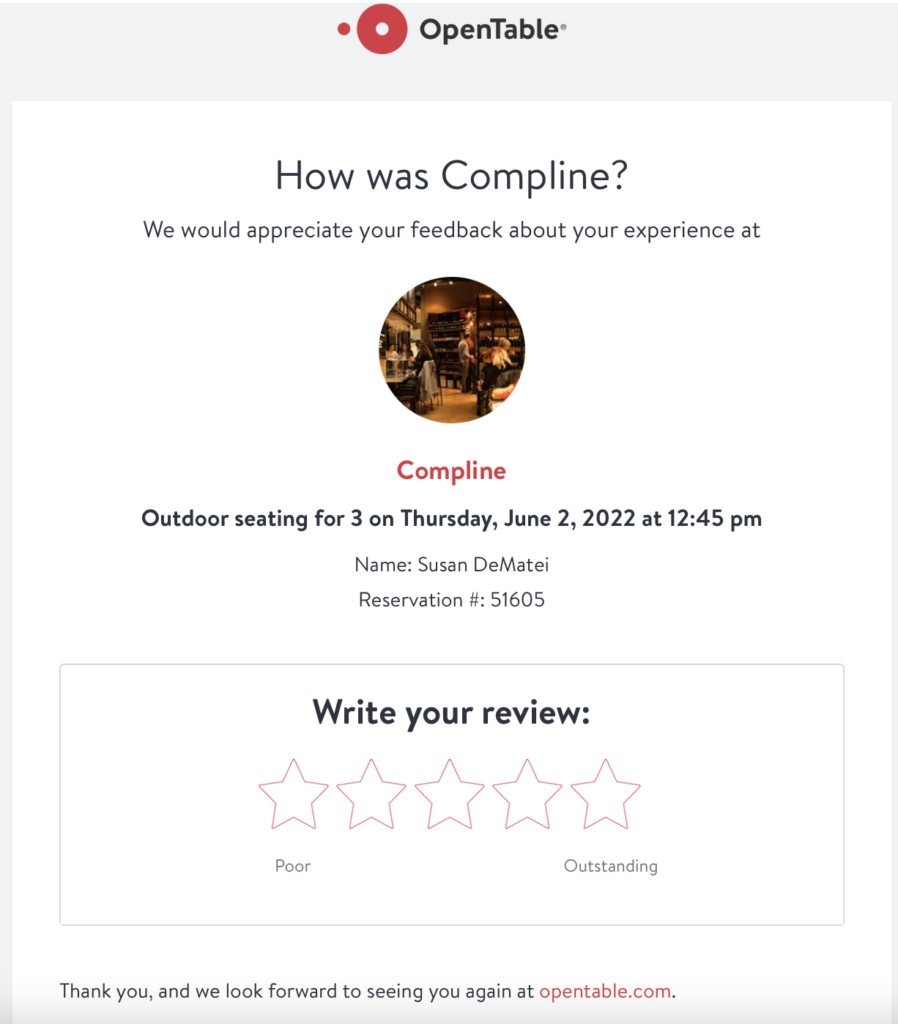
How to Respond to a Negative Review
Here are some guidelines on how to respond to negative reviews.
- First – take a breath and remember that people are human and flawed, and things happen on both sides. Don’t take it personally and acknowledge that everyone gets negative reviews.
- Make them feel like they’re getting management’s attention. Respond as the business owner, even if you’re not.
- Be consistent and timely. Always respond, even if you’re super busy.
- The goal is to open the lines of communication and let the user know you are listening to them. They aren’t just another metric in your dashboard. Treat them like real human beings. Make your response authentic and personal, as if you were talking with a grumpy friend.
- If it’s a complicated issue, offer to take the case offline by offering to move the conversation to a private chat.
- If you are at fault, do what you say you’ll do to fix it. Take immediate action once you’ve told the visitor how you’ll improve their problem.
- And don’t be shy in asking them to change their rating, or at the very least update their comment that you responded to and tried to make right. And who knows? Maybe that negative review will lead to a killer testimonial that drives even more traffic.
Online reviews are here to stay and can positively or negatively impact your business. The result depends on how well you hand the reviews themselves.
Remember, even a negative review can positively affect your revenue! The goal of addressing and improving your online reviews is to harness the power of social proof. By showing that many other customers loved your winery enough to be vocal about it, you’ll be more likely to get even more business in the future.
Susan DeMatei is the founder of WineGlass Marketing, a full-service direct marketing firm working within the wine industry in Napa, California. Now in its 10th year, the agency offers domestic and international clients assistance with strategy and execution.
For two consecutive years, Inc. Magazine recognized WineGlass Marketing as the only Napa company listed in the top 250 hyper-growth tier of the “5000 Series California’s Top Companies”. WineGlass Marketing has also been recognized by the community winning the North Bay Bohemian “Best Digital Creative Services” spot for both 2021 and 2022, as well as being honored by her clients in the North Bay Business Journal as Napa’s “Best Company to Do Business With.” In addition, the firm has taken top honors in the 2021 Web Awards for Best Beverage Website and 2021 Internet Advertising Competition for Best Integrated Ad Campaign in the Beverage Category and the 2022 Internet Advertising Competition for Best Wine Website. The agency is also a Webby Honoree in Website and Mobile Sites at the 2022 Webby Awards.
WineGlass Marketing is located in Napa, California at 707-927-3334 or wineglassmarketing.com


